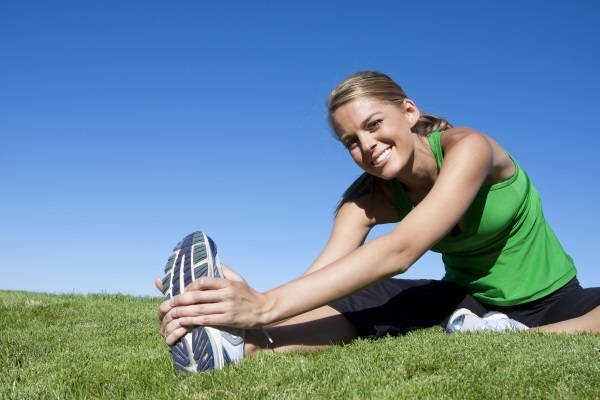
“What stretches can I do to help my _____?” This is the most common question we (as clinicians) get asked on a daily basis. It must be human nature for us to assume that injuries result from a lack of flexibility and that we can stretch them away.
Conventional thinking has led us to believe that we have to stretch to increase flexibility, prevent muscle soreness, decrease injury risk and optimize performance. When most people think of stretching, they are thinking of STATIC stretching. The problem is simple: (static) STRETCHING DOES NOT WORK BY ITSELF.
Kelly Starrett (in his NY Times best selling book Becoming A Supple Leopard) stated that static stretching does not address “sliding surface function—that critical interplay of how your skin, nerves and musculature react with one another.” Sliding surface function is one of the things we are assessing and improving when we perform ART® on you. We are making sure that muscles and tissues move and glide independently and are not sticking to adjacent tissues. This is a benefit you will never get from static stretching.
Instead of thinking in terms of “tight,” may I suggest you think in terms of mobility. Starrett says mobility is your capacity to move and perform efficiently. There are several variables that can affect mobility: short and tight muscles, soft tissue restrictions and adhesions, joint restrictions, abnormal motor control and issues with neural dynamics.
I hope you are beginning to understand that static stretching is not important. Static stretching is not going to make you faster or stronger. Static stretching will not reduce your injury risk. Static stretching will waste your time.
Improving mobility and performance cannot be cookie-cutter. The same approach does not always work for different people. For example, most chiropractors think in terms of joint restrictions and altered nerve function. Most physical therapists think in terms of weakness and focus on strengthening specific muscle groups. Most massage therapists think in terms of tightness and focus on loosening the muscles. Most orthopedists think in terms of joint function and focus on one joint in the kinetic chain. The problem is most conditions we see are not due to one thing; most conditions we see are a result of several of these dysfunctions that compound the problem.
Our approach is very straightforward. We watch you move, identify the tissue causing the pain and determine what is loading it. From there we are able to recommend techniques to address healing, motor control and mobility issues to get you out of pain and reduce your future injury risk. Contact us today to learn how to improve your mobility, eliminate your pain and decrease your injury risk. Still unsure? Schedule a complimentary phone consultation to speak with one of our doctors prior to your visit to determine if you would be a good candidate for what we do.



